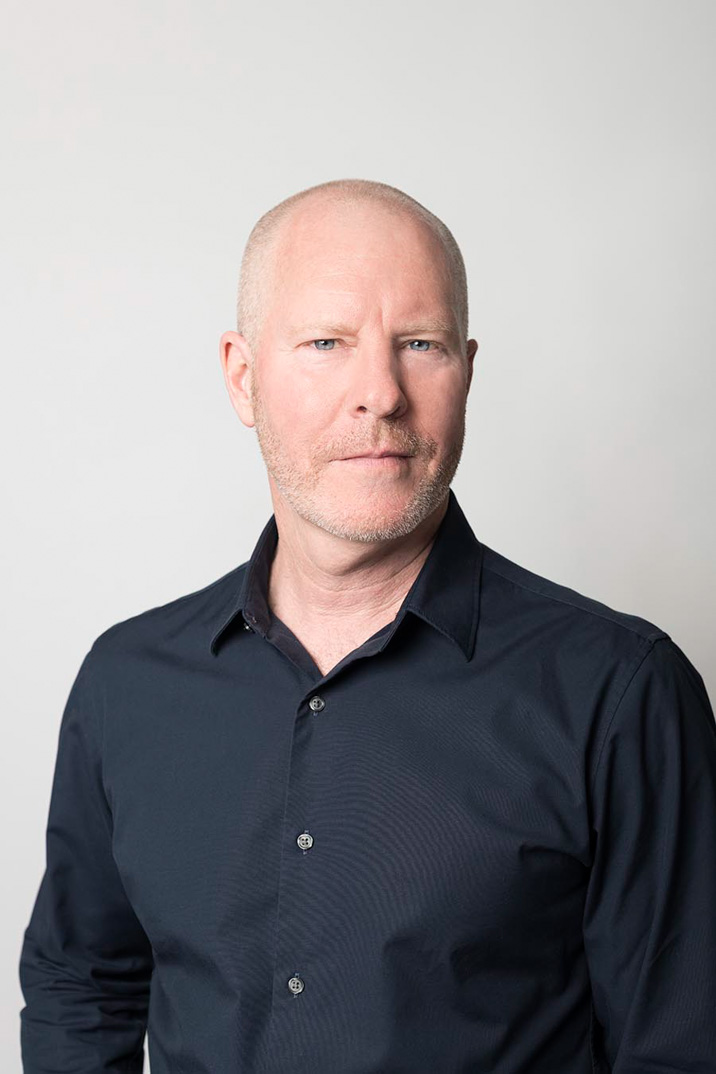Despite a number of built environment and government experts warning the state government of the fallout, NSW Premier Chris Minns refuses to rule out the scrapping of the Metro West project entirely.
Recent figures estimate that costs have blown out by some $12 billion, which is likened to 20 hospitals or 200 schools by the government. As a result, the government is reluctant to commit to the project.
The proposed line runs from the CBD to Westmead, stopping at Pyrmont, The Bays, Five Dock, Burwood North, North Strathfield, Olympic Park, Parramatta and Westmead. If completed, it would reduce travel times between Sydney’s two CBDs – Sydney and Parramatta – by some 20 minutes.
CM+ Urban Design Director, Dick Nugent (pictured below), says the potential scrapping of the line would be a major disappointment for the entire city.
“I think it’d be a huge loss if it were to be scrapped,” he says.
“Metro West provides an amazing opportunity where all these dots line up like almost never before. We've got this amazing resource, which is the river. It's not industrial land anymore. We have all this land in a straight line between Parramatta and Sydney without residents right now, which is very rare.
“You rarely get a chance for one piece of infrastructure to sort of help you solve the housing crisis and provide density where you need it, in the heart of the city.”

Some 40,000 people an hour would be transported in each direction by the line. Over station development would account for 50 percent of population growth within the corridor, with jobs also estimated to increase by 70 percent, as per Infrastructure NSW’s 2019 business evaluation.
Architects, developers, planners and other stakeholders have been left gravely concerned by the news. The entire NSW Housing policy has been developed in accordance with over station development.
“If they axe the project, some of those industrial lands that were earmarked for development won’t be able to achieve their ultimate density,” Nugent continues.
“You might get a series of six storey buildings out there, but once they’re built, they’re there forever. You only have the opportunity once to build a big building.”
Minns believes that the business case has to be made for Metro West to truly assist in the housing crisis.
“I’m not taking anything off the table. I’m not announcing that we’re cancelling it, but I do need to make sure we’re having an independent look,” Minns says.
“We have to work out a way to pay for Metro West that doesn’t destroy the budget because that’s what we’ve been left with by the previous government.”
Minns has denied that contracts will be scrapped, but has intimated that the project may be altered to cut costs. Nugent says that there is still time for alterations to be made.
“If it's not built, it can be changed. I mean, that's the basic mantra in the design world. Having worked on metro systems for decades, after the Washington Metro system was built they added stations, some of which were above ground, so it is possible, but very expensive,” he says.
“We've been working with Billbergia’s Rick Graf (who owns considerable amounts of land along the corridor) for a number of years, and what happens is the value capture leaks away because you can't support the density.
“That land then gets developed and it's gone. It's out of the market forever. And then the density you missed on that central spine of the city then has to find its way out into the farmland and Sydney starts spreading, which will be then more expensive to serve the far-flung communities as you need longer railway lines.”
The findings of the review are due to be made known to the government in September in time for Budget.
Image: Supplied

